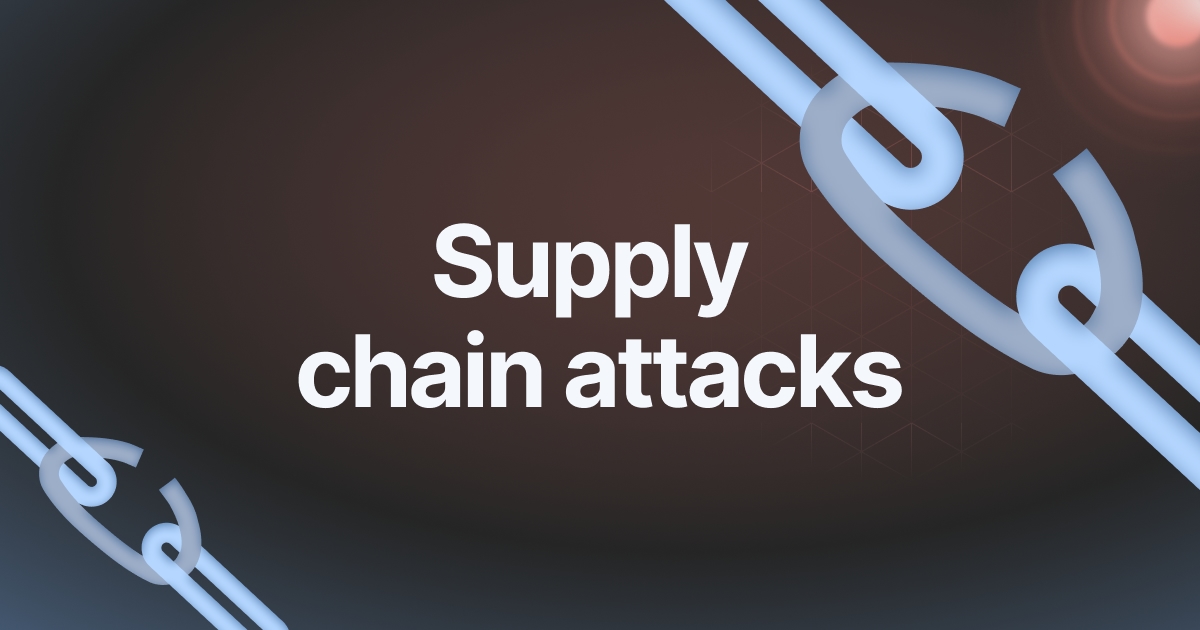In the era of interconnected technology of the present, the concept of the notion of a “perimeter” that protects your data is quickly being replaced by technology. A new kind of cyberattack, the Supply Chain Attack, has emerged, exploiting the complex web of software and services that businesses rely on. This article delves into the worldwide supply chain attacks. The article explores the changing threats, the potential weaknesses in your business, and the critical steps you should do to strengthen your defences.
The Domino Effect: How a Tiny Flaw Can Cripple Your Business
Imagine this scenario: Your organization doesn’t use an open-source software library that is vulnerable to a vulnerability that is known. The provider that provides data analytics which you rely heavily does. This seemingly small flaw is your Achilles’ ankle. Hackers use this vulnerability to gain access to the systems of service providers. Now, they could have access to your company’s systems, thanks to an invisible third-party connection.

This domino effect perfectly illustrates the insidious nature of supply chain attacks. They attack the interconnected ecosystems which businesses depend on, by infiltrating often secure systems by exploiting weaknesses in software used by partners, open source libraries or cloud-based services (SaaS).
Why Are We Vulnerable? The rise of the SaaS Chain Gang
Actually, the very things that fuel the digital revolution – the adoption of SaaS software and the interconnectedness between software ecosystems – have created the perfect chaos of supply chain attacks. These ecosystems are so complex that it’s hard to monitor all the code that an organisation may interact with, even in an indirect way.
Beyond the Firewall Traditional Security Measures Do not meet the requirements
Traditional cybersecurity strategies that focus on strengthening your own systems no longer suffice. Hackers know how to find the weakest link, bypassing perimeter security and firewalls in order to gain entry into your network via reliable third-party suppliers.
The Open-Source Surprise: Not All Free Code is Created Equal
Another risk is the immense popularity of open source software. While open-source software libraries can be beneficial however, they also present security risks because of their ubiquity and dependence on the voluntary development of. Unpatched vulnerabilities in widely used libraries can expose many organizations that have integrated these libraries into their systems.
The Hidden Threat: How To Find a Supply Chain Risk
It is hard to identify supply chain-related attacks due to the nature of their attack. Certain warning indicators can raise a red flag. Unusual login attempts, strange data activity, or unanticipated software updates from third party vendors could be a sign of a compromised system within your ecosystem. A significant security breach at a library or a service provider widely used should prompt you to take immediate action.
Building a Fishbowl Fortress Strategies to reduce Supply Chain Risk
What could you do to improve your defenses? Here are some essential actions to take into consideration:
Perform a thorough assessment of your vendors’ security methods.
The mapping of your Ecosystem Create an extensive map of all applications and services you and your company rely on. This includes both direct and indirect dependencies.
Continuous Monitoring: Monitor your systems for suspicious activity, and track security updates from all third-party vendors.
Open Source With Caution: Use be cautious when integrating any of the open source libraries. Choose those with an established reputation and an active maintenance community.
Transparency increases trust. Inspire your vendors’ adoption of solid security practices.
The Future of Cybersecurity: Beyond Perimeter Defense
Supply chain attacks are on the rise which has forced companies to think about their approach to cybersecurity. It is no longer sufficient to focus solely on your own perimeter. Organisations need to adopt a holistic approach that prioritizes collaboration with vendors, promotes transparency in the software ecosystem, and mitigates risks across their interconnected digital chain. Your business can be protected in an increasingly complex and connected digital ecosystem by recognizing the risk of supply chain security attacks.
